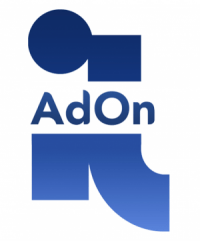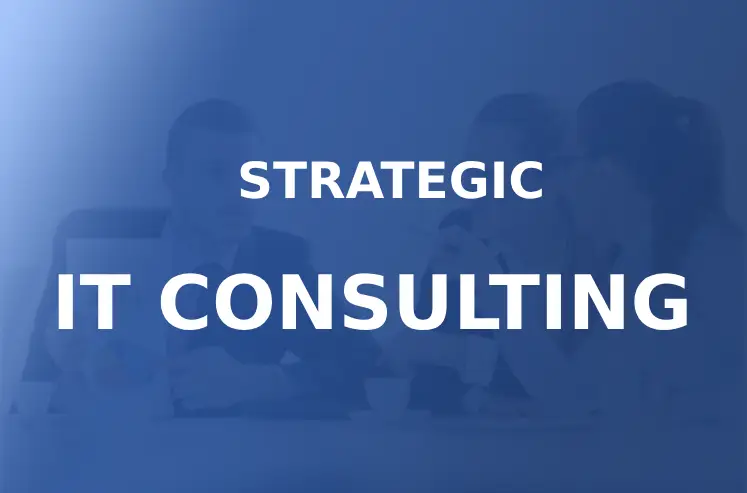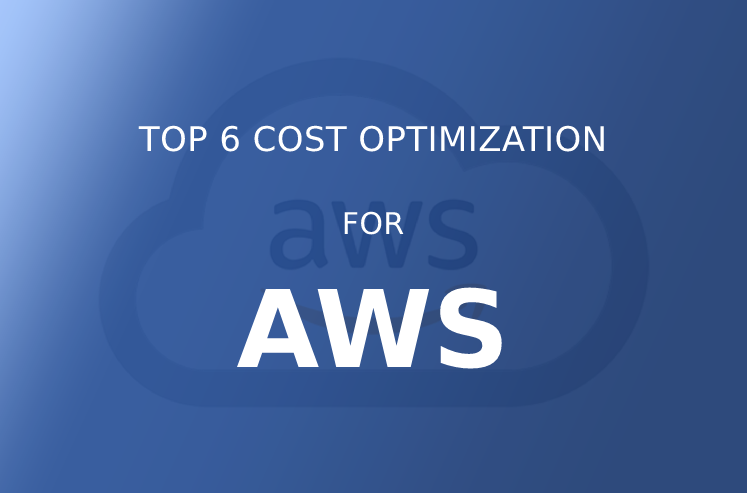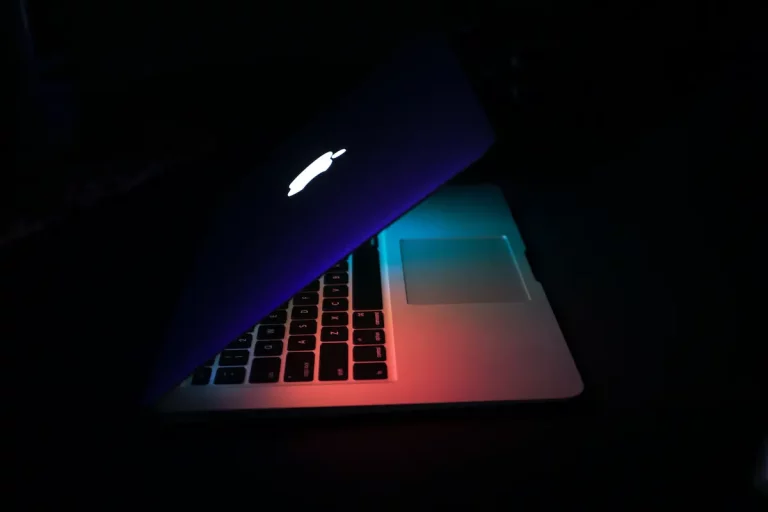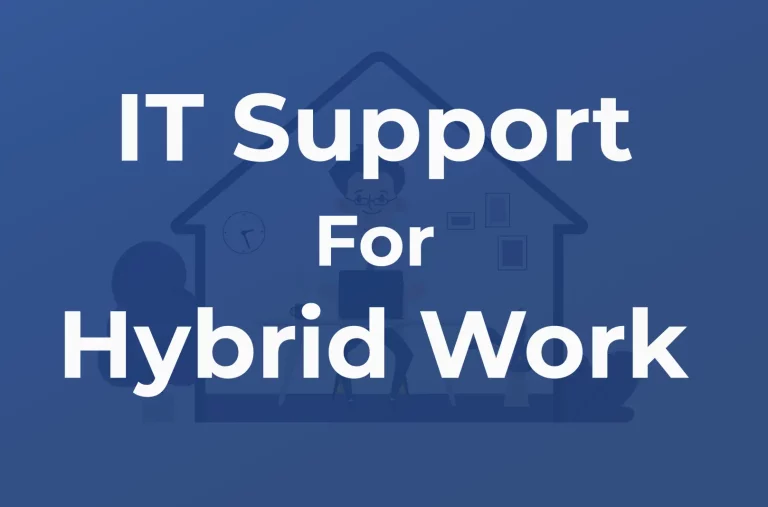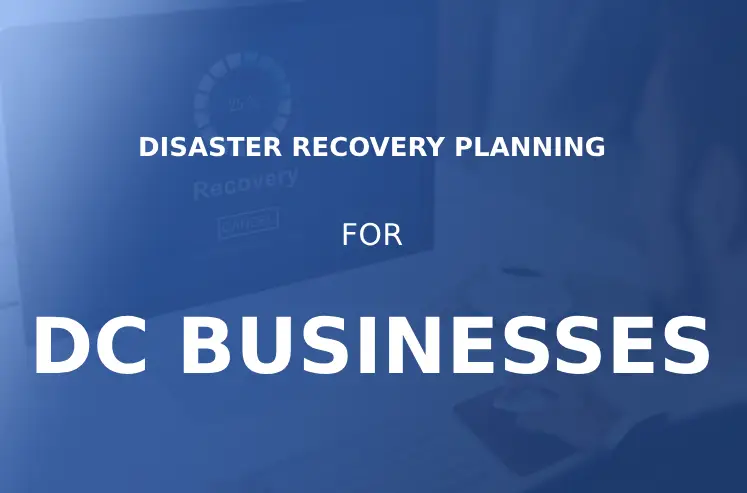In today’s fast-paced world, individuals and organizations are constantly striving for peak performance. However, achieving optimal performance can be hindered by various limitations that arise in different areas of life. To address these challenges, the concept of the Essential 8 Limitation and Recovery Strategies has emerged. This article will delve into the strategies that can help overcome limitations and promote efficient recovery, enabling individuals and organizations to reach their full potential.
What exactly are limited admin privileges?
This strategy involves deciding the degrees of access that team members require to diverse IT environments and ensuring that they only have the rights necessary to carry out their responsibilities.
Without restricted admin capabilities, everyone within the organization—including hackers who breach your systems—can access sensitive data.
Due to the fact that only authorized workers may access critical information, restricting admin capabilities in this way can help lower the likelihood of human error leading to issues in an IT system. Similarly to that, it can stop potentially harmful internal actions. But the major goal of limiting admin capabilities is to ensure that the account has restricted access to settings that a threat actor may exploit if an employee’s credentials are stolen or their account is taken over by a threat actor. The damage that a threat actor may cause to that account is lessened by this restriction on access.
How can I limit admin rights?
The CISA recommends following the below processes when mapping out and restricting admin privileges:
- Determine which duties demand administrative rights.
- Employees that do certain functions as part of their responsibilities should be certified.
- Make sure that each employee’s account has the fewest privileges necessary to do their tasks by creating separate accounts for each staff member with admin access.
- Review your account requirements often to change access to match roles and duties, as well as when employees leave your company or are engaged in a cyber security issue.
Why do my operating systems need patches?
Operating systems are at the heart of many user actions in your IT environment. They serve as the link between your users’ digital assets and them. Due to its central aspect, it is essential to ensure that any OS vulnerabilities are patched as soon as feasible. Establishing and enforcing protocols that enable your organization to install OS patches with the least amount of downtime is the goal of implementing a regular patching plan.
How to update operating systems?
When an organization issues a patch, you should deploy it as soon as possible to minimize your organization’s exposure to the security flaw it fixes and to increase your defenses against prospective cyberattacks.
Operating systems that are not patched might provide threat actors access to your IT infrastructure. For instance, data suggests that adversaries would create malicious code within 48 hours of learning about a security flaw in an internet-facing service, while in many cases they have done so within hours after the flaw was identified.
If an exploit is present, this entails installing updates for internet-facing services within 48 hours. Patches must be applied by organizations within two weeks if not. The period can range from one month for straightforward cyber threats to two weeks for more sophisticated attacks for services that don’t require a network.
A patch detector solution may help automate this process.
What is Multi-Factor Authentication?
MFA, or multi-factor authentication, can aid in limiting unauthorized access to a variety of critical data. To verify a single claimant, MFA employs two or more authentication elements.
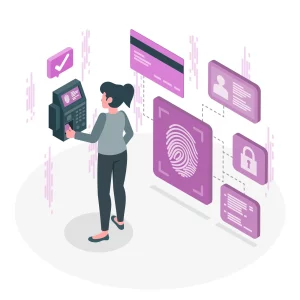
It works well because it depends on a number of conditions that make it very difficult for an adversary to carry out hostile actions on a network.
In MFA requests, authentication factors must include two or more of the following:
something you are aware of (like a secret question or password)
possession (such as a smartcard or software certificate)
anything that identifies you (like a fingerprint or iris scan)
How to implement multi-factor authentication?
MFA may be used in a variety of ways to help safeguard access to sensitive data. Typical illustrations include:
Public-key cryptography is used by U2F Security keys, which are often a physical token, card, or smartphone app. An answer to a challenge-response request from a service is contained in the key as a code. In order to verify that the user’s response has the right and valid private key for that service, the service sends a challenge across via a web browser or mobile app.
Smartcards: This approach adds a second authentication factor by using a private key that is kept on a smart card. The user is prompted to input a PIN or password to unlock the smart card via software on their smartphone. The software on the device confirms the user’s identity when the smart card is opened by signing an authentication request with the user’s private key.
Software certificates: This approach adds a second element by using a software certificate that is kept on the user’s device. The system tries to access the user’s software certificate whenever the user tries to access sensitive data. If successful, the program that was downloaded to their device signs an authentication request with the user’s private key, confirming their identity.
Physical one-time PIN tokens: This approach makes use of a tangible object referred to as a “token”. This token asks the user to push a button in order for them to submit a one-time PIN that is shown as a second factor and has a time restriction. The authentication service is synchronized with the physical device, and if the PIN fits the time sequence, the service will only let access proceed.
Smartphone verification applications employ time-limited one-time authentication techniques, just as the one-time PINs used in the procedure above. A one-time PIN or password is sent to the user through email or SMS, or they can scan a QR code. This procedure validates the mobile application. The application creates a one-time PIN or password during the logon process to
This approach employs a time-limited one-time PIN or password given by an SMS message, email, or phone call to a known recipient as the second factor, exactly like with mobile applications and physical PIN tokens. During the login procedure, the authentication service delivers a one-time PIN or password to the user through their pre-registered contact information. The user then gives the authentication service this information, which confirms that all of the user’s data are accurate before granting or denying access to resources.
Biometrics: This type of authentication uses a user’s biological traits as a backup factor. The user may submit a fingerprint, eye scan, or other physical measurement when they initially apply for access. The authentication service can then use this measurement as a benchmark against which to evaluate other measurements. Users provide their biometric data while attempting to access sensitive information, and the authentication service compares it to the measures given at enrollment.
What are regular backups?
Confidentiality, integrity, and availability are the cornerstones of data security. By stealing, distorting, or maliciously encrypting your data, cyber security breaches can destroy all three.
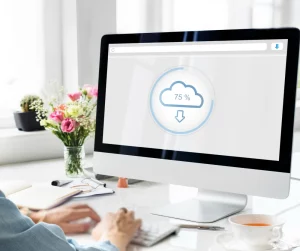
Regular backups guarantee that your business can rapidly resume its regular operations.
These acts can severely harm the ability of an organization to function, but organizations can employ a secure backup to reduce the dangers brought on by such hostile activity, replacing lost or corrupt data with new backups that permit regular operations.
Backups must be: in order to effectively reduce the risks of a data breach.
In the case of a breach, regular older backups will be less helpful.
Secure: Threat actors may decide it is worthwhile to attack unprotected backups, making them unusable.
Accessible – A strong backup solution cuts down on the time it takes from a breach to full data recovery.
How can I put daily backups into practice?
Several common phases are required, even if the procedures underlying your organization’s backup solution may vary based on risk and expenses. Determine what information is essential to the day-to-day functioning of your organization by identifying it. Important data files as well as software and configuration settings may be present in these folders.
Choose the best data protection strategy for your organization from the many options available, such as cloud backups and tape storage. You may choose what kinds of crucial information are kept outside, how it is stored, and the costs vs advantages of doing so by using a risk-based approach to backup and recovery. Additionally, a risk-based strategy like this one can provide an effective defense against catastrophes such as Automate; if individuals aren’t going to employ a regular backup plan, there’s little purpose in setting one up. Data backups may be scheduled automatically, lowering the possibility that a backup will be missed due to human error and ensuring that your organization routinely backs up the data it needs.
Test your backup solutions frequently if you want genuine peace of mind. It’s critical to be aware of any obstacles preventing a full restoration in advance since the amount of time it takes to fully recover data after a breach can directly affect an organization’s costs and reputation.
On the low end, the CISA advises businesses to back up their crucial information monthly, keep it for at least a month, and test the setup at least once a year. Daily backups are advised for organizations that deal with greater levels of risk, coupled with three months of storage for backups. Additionally, the CISA advises that these organizations test for a complete restoration at the beginning of the rollout of the backup system and repeat the test once every three months or whenever there is technological advancement.
Have questions about the Essential Eight?
The Essential 8 cover a lot of material, as you can see. The technological strategies provide businesses with a prescribed set of risk-mitigation actions that might aid them in controlling the risks related to cybersecurity. This framework is excellent if your company has the technological capability to put it into practice and just requires direction on what tasks to carry out. Our Connect & Protect program can assist with organizational transformation for organizations that do not have IT employees on hand or would want to keep them engaged in additional value-adding activities.
Looking for reliable IT services? Our team of experts at ITAdOn will ensure you have the best data recovery plan for your business. So, what are you waiting for? Call us today and get a free consultation from our experts.
